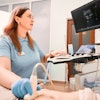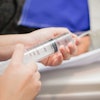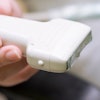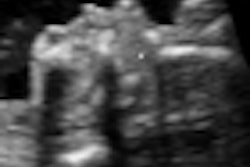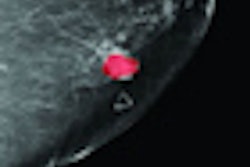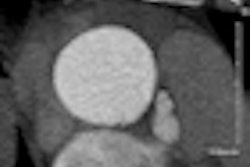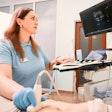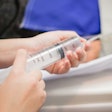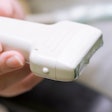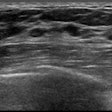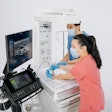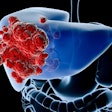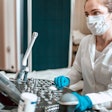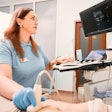Dear AuntMinnie Member,
The American Institute of Ultrasound in Medicine (AIUM) meeting just wrapped up in New York City, and senior editor Erik L. Ridley was in attendance filing reports for our Ultrasound Digital Community.
One big story from the meeting involved a Thomas Jefferson University (TJU) research team that examined the cost savings that would result from using ultrasound rather than CT to assess patients suspected of having appendicitis. TJU researchers developed a diagnostic algorithm that they said works just as well as CT but without the higher cost and associated radiation burden. Read how they did it by clicking here.
In another AIUM presentation, researchers used ultrasound elastography to characterize suspicious breast lesions. While elastography is still a relatively novel technique, lead author Dr. Stamatia Destounis said she uses it every day. Find out what it's good for by clicking here, or visit the community at ultrasound.auntminnie.com.
'Dr. Oz Show' recap
Meanwhile, check out our coverage of what's become the most controversial story in breast imaging this month: the viral email that has women across the U.S. asking for thyroid shields before mammography exams.
The email surfaced after a segment on the "Dr. Oz Show" in which the show's host, cardiologist Dr. Mehmet Oz, advised women to ask for thyroid shields before dental and medical imaging exams. That generated criticism from several organized radiology groups, and Dr. Oz took to the airwaves last week to answer his detractors.
Associate editor Cynthia E. Keen took time from her busy schedule to watch the segment, filing this report for our Women's Imaging Digital Community.
CDs reduce follow-up imaging
Also, a new study released today in Radiology found that all those CDs that come with patients transferred to your emergency room actually help reduce follow-up imaging -- assuming you can import them into your PACS.
Researchers from Brigham and Women's Hospital found that patients whose CD data were successfully imported experienced a 17% drop in imaging utilization compared to those whose data could not be imported.
The findings are intriguing, not only for CD-imported images, but also for the cottage industry of software developers that has sprung up to develop more efficient alternatives to CDs for patients being transferred. Read more by clicking here, or visit our PACS Digital Community at pacs.auntminnie.com.
